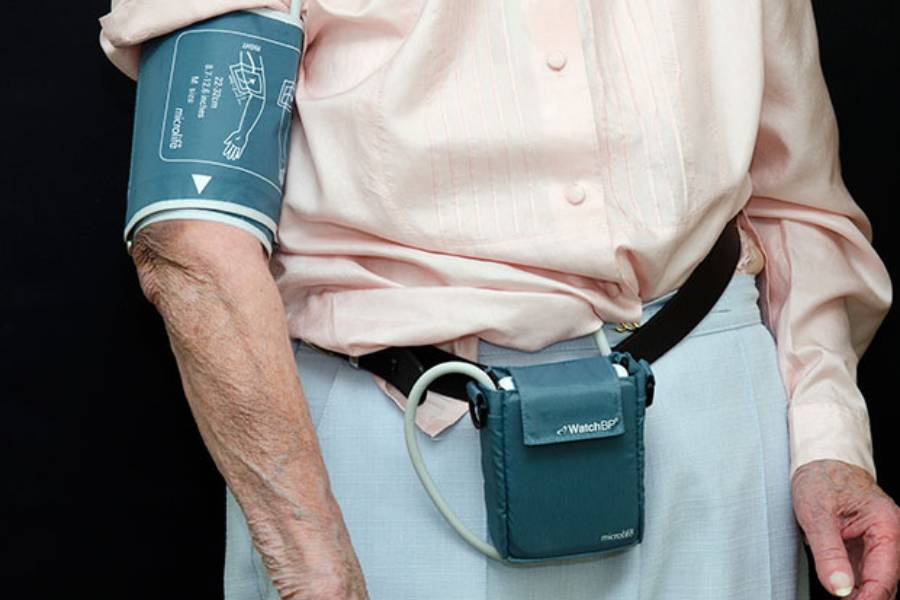Ad Details
-
Ad ID: 2399
-
Added: January 30, 2023
-
Sale Price: ₹2000
-
Phone: 09657613635
-
Views: 64
Description
What is 24-hour ambulatory blood pressure monitoring?
Twenty-four-hour ambulatory blood pressure monitoring is a way of measuring and managing high blood pressure (hypertension).
Hypertension is a blood pressure measurement in which your systolic (upper) blood pressure is at or above 130, and your diastolic (lower) blood pressure is at or above 80 (or 130/80). Ambulatory blood pressure monitoring allows your blood pressure (BP) readings to be recorded over a 24-hour period, whether you’re awake or asleep.
When you’re at the clinic, an instrument called a sphygmomanometer is used to take your BP readings. Usually, only one or two readings are taken during your visit.
Ambulatory BP monitoring yields many readings over a continuous period. In most cases, readings are taken every 20 to 30 minutes during the day and every hour at night. Your heart rate can be measured at the same time. These multiple readings are averaged over a 24-hour period. Changes in BP and heart rate, the BP distribution pattern, and other statistics are calculated.
Why is 24-hour ambulatory blood pressure monitoring used?
Ambulatory BP monitoring provides additional information about how changes in your BP may correlate with your daily activities and sleep patterns. Guidelines for blood pressure management from the American Heart Association and American College of Cardiology now strongly recommend confirming a diagnosis of hypertension with ambulatory BP monitoring.
For most people, systolic BP decreases about 10% to 20% during sleep. However, for some people, BP might not drop during sleep. It may even rise.
Ambulatory BP monitoring can detect abnormal changes in BP that might go unnoticed when it’s only measured in the doctor’s office. It’s a useful way to detect white-coat hypertension, masked hypertension, and sustained hypertension.
White coat hypertension: Some people who don’t take blood pressure-lowering drugs (antihypertensive drugs) have elevated readings when their BP is taken in a healthcare setting. This is known as “white coat hypertension.” White coat hypertension can result in the misclassification of patients whose BP is actually normal. White coat hypertension has been seen in 10% to 30% of patients with elevated BP readings. Current guidelines don’t recommend treatment when ambulatory monitoring shows readings within the normal range outside the doctor’s office. However, ongoing research suggests this condition may still indicate a blood pressure problem, so you and your provider should keep an eye on it.
Masked hypertension: This condition occurs when your BP reading is normal at the doctor’s office, but elevated when you’re at home. It may occur in up to 20% of untreated people. This condition has a similar risk to sustained hypertension and should be treated with antihypertensive medications
Sustained hypertension: This refers to BP readings that are elevated whether you’re in the doctor’s office or at home. This condition has been linked to an increased likelihood of heart and kidney damage.

Leave a Comment
Your email address will not be published. required fields are marked *